Dance As Drama, LA Opera’s 'St Matthew Passion'
/By Truman C. Wang
3/19/2022
Photo credit: LA Opera


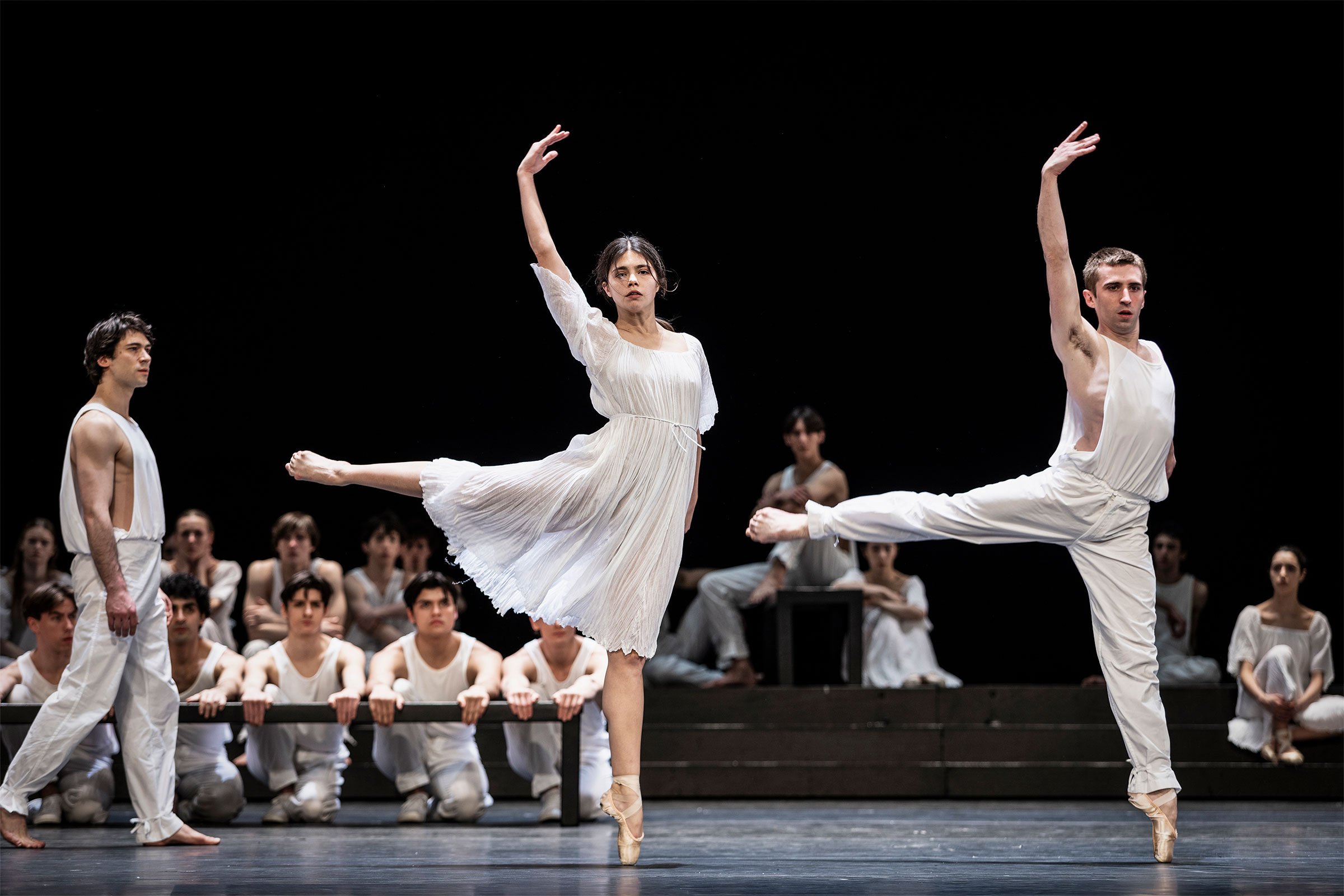
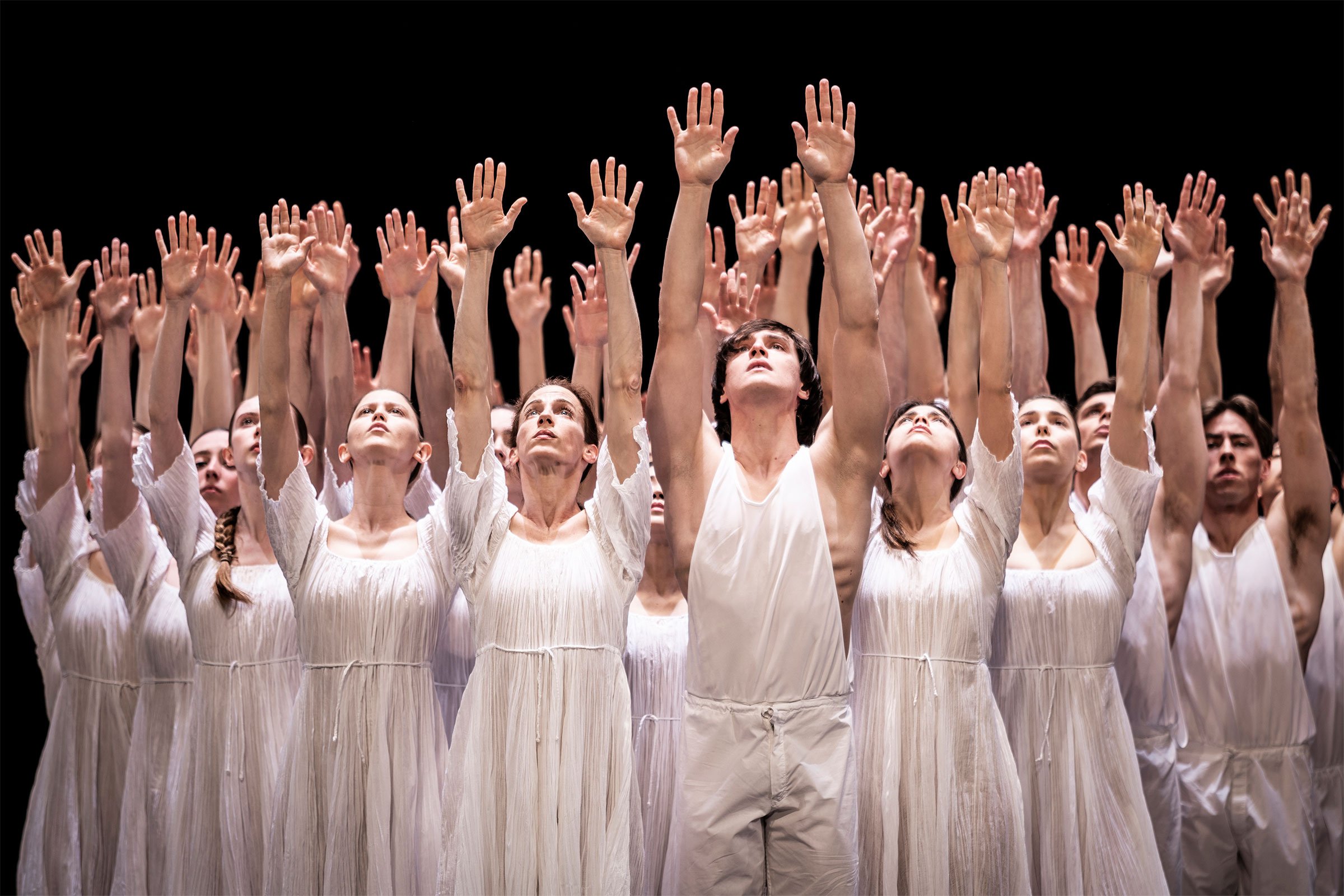
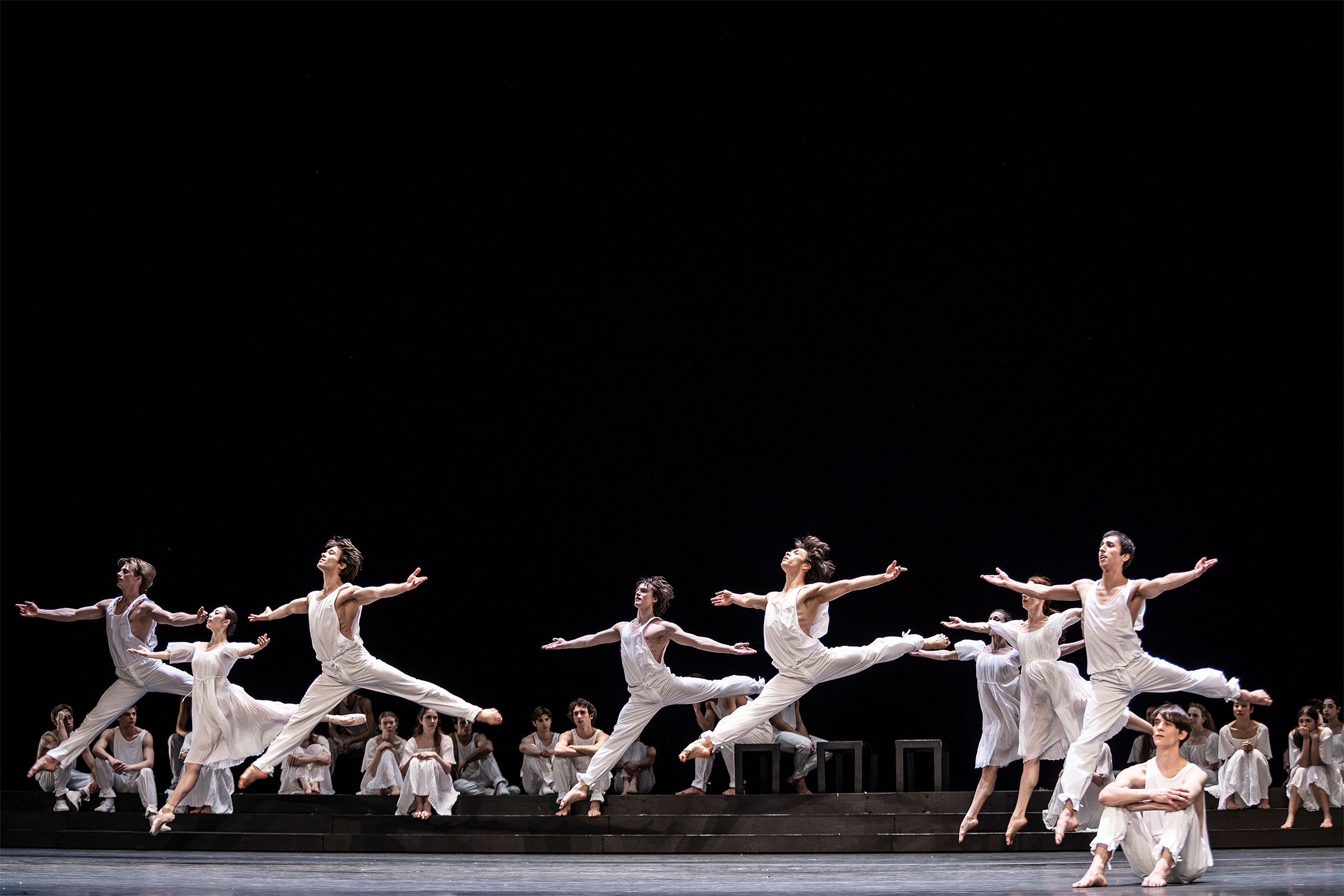
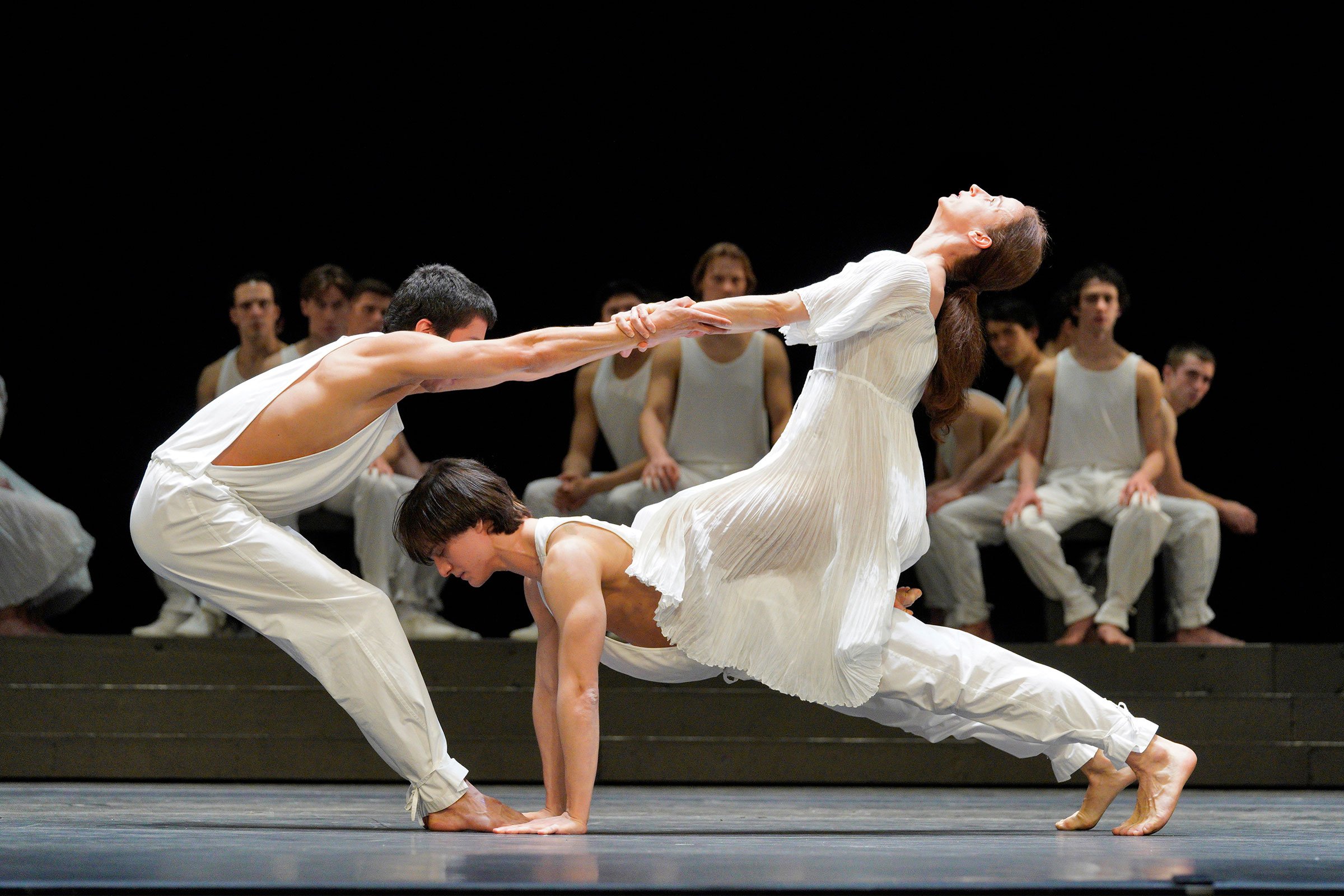

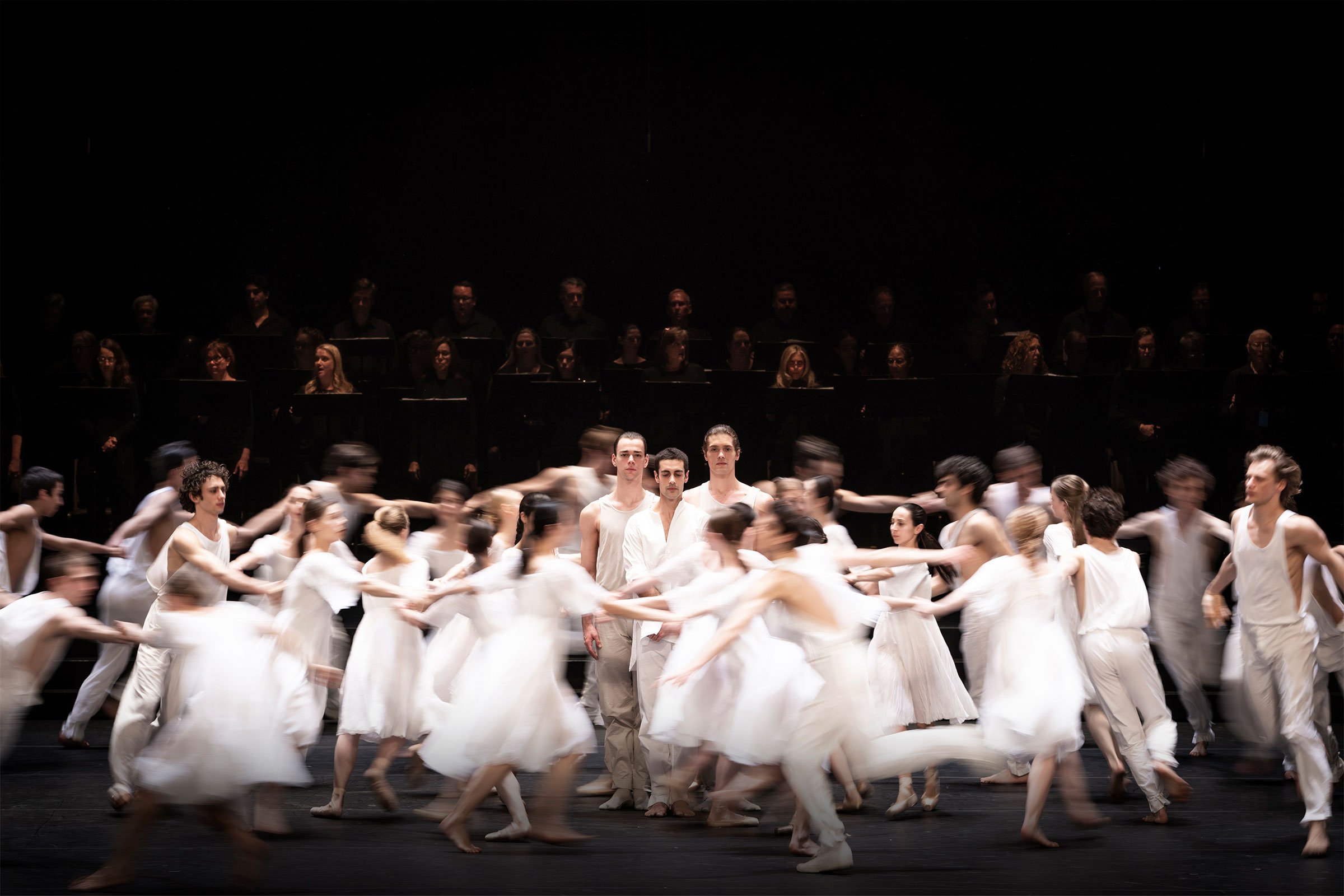
LA Opera’s latest mainstage production St Matthew Passion is not an opera, not even close. It’s a religious work set to modern dance by John Neumeier – an odd choice for an opera company, but not totally unheard of nowadays – I am thinking of the same choreographer’s take on Gluck’s Orpheus and Euridice in 2018, or many Broadway musicals that have graced the operatic stage (sadly, my favorite musical Show Boat would probably never make it in today’s socially progressive and politically intolerant climate.)
Rewind 40 years to the 1980’s, when Baroque operas were a rarity in the big opera houses. I recall an early staging of Handel’s Floridante, conducted by Alan Curtis, that begain promisingly with a full house, and two-and-a-half hours later only a smattering of enthusiasts remained – including yours truly. If Handel, whose operas pack an astonishing variety of human emotions and psychological drama, and whose music is an unabashed celebration of dance (even such melancholy arias as “Verdi prati” from Alcina), proved to be a hard sell, then the works of J.S. Bach – with its cerebral sophistication and focus on the afterlife rather than the dolce vita – must be akin to box office poison. No wonder when, in 1981, Neumeier first proposed the idea of St. Matthew Passion to the Hamburg Opera, he was flatly rejected. Undaunted, Neumeier ‘tried out’ his new work in a church before transferring to an opera house, where it slowly gained popularity.
In the March 12 opening night at LA Opera, we saw a re-choreographed St. Matthew Passion with young dancers of the Hamburg Ballet, who were instructed to improvise and react to the specific words and passages in the music. It’s a novel approach that worked brilliantly – in the scene where Judas betrays Jesus and orders him arrested, the dancers showed wide-ranging emotions through their physical gestures and facial expressions, some as shocked witnesses in a frenzied dance, some as armed men with menacing gait, all whirling around the lead dancers portraying Jesus and Judas like a hailstorm. It’s a powerful scene that melded dance, music, singing, costumes and sets all into the Wagnerian ideal of Gesamtkunstwerk, although the original plus-sized Rheinmaidens in the first Bayreuth Ring (1876) did not exactly look like ballerinas while they frolicked around the stage.
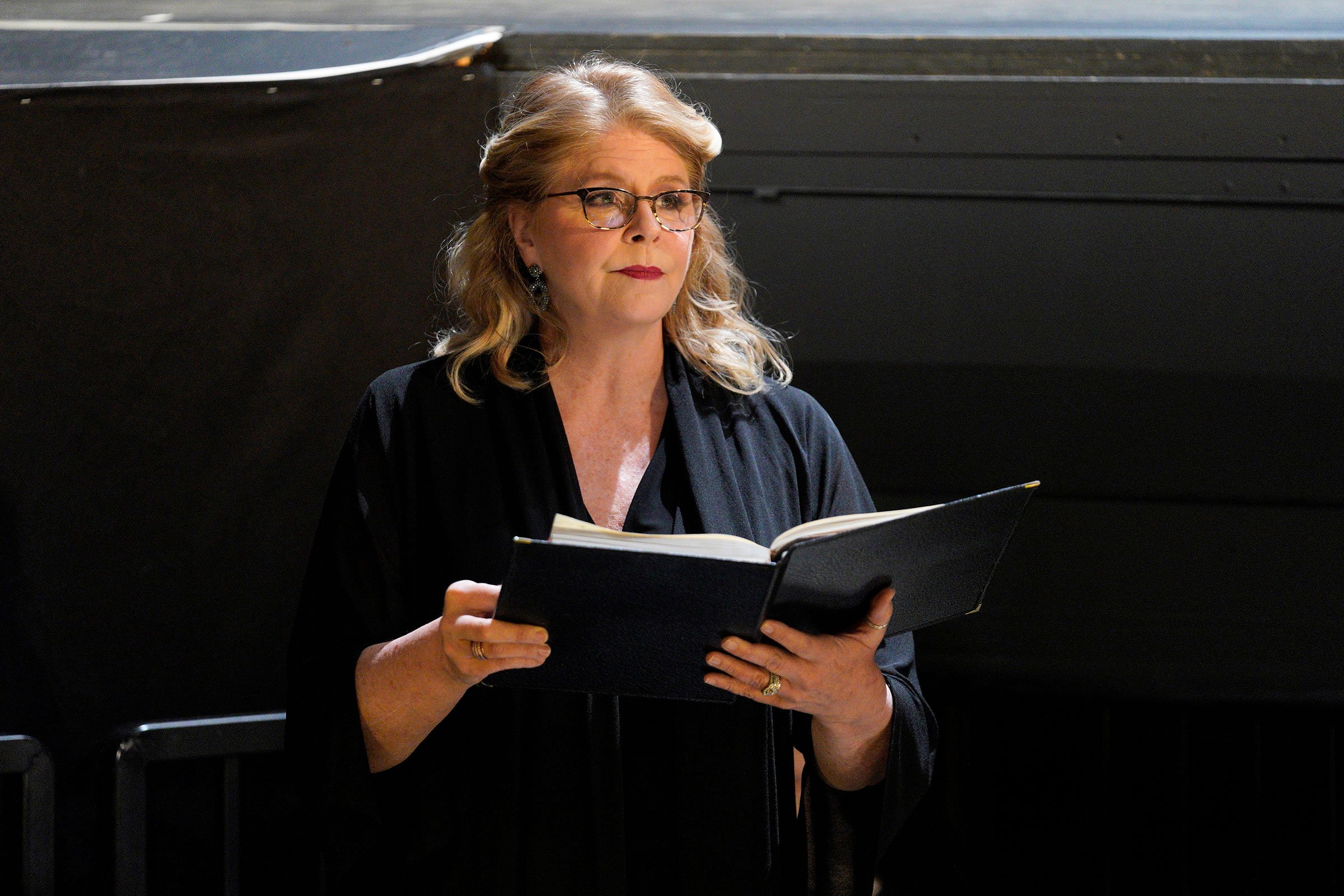
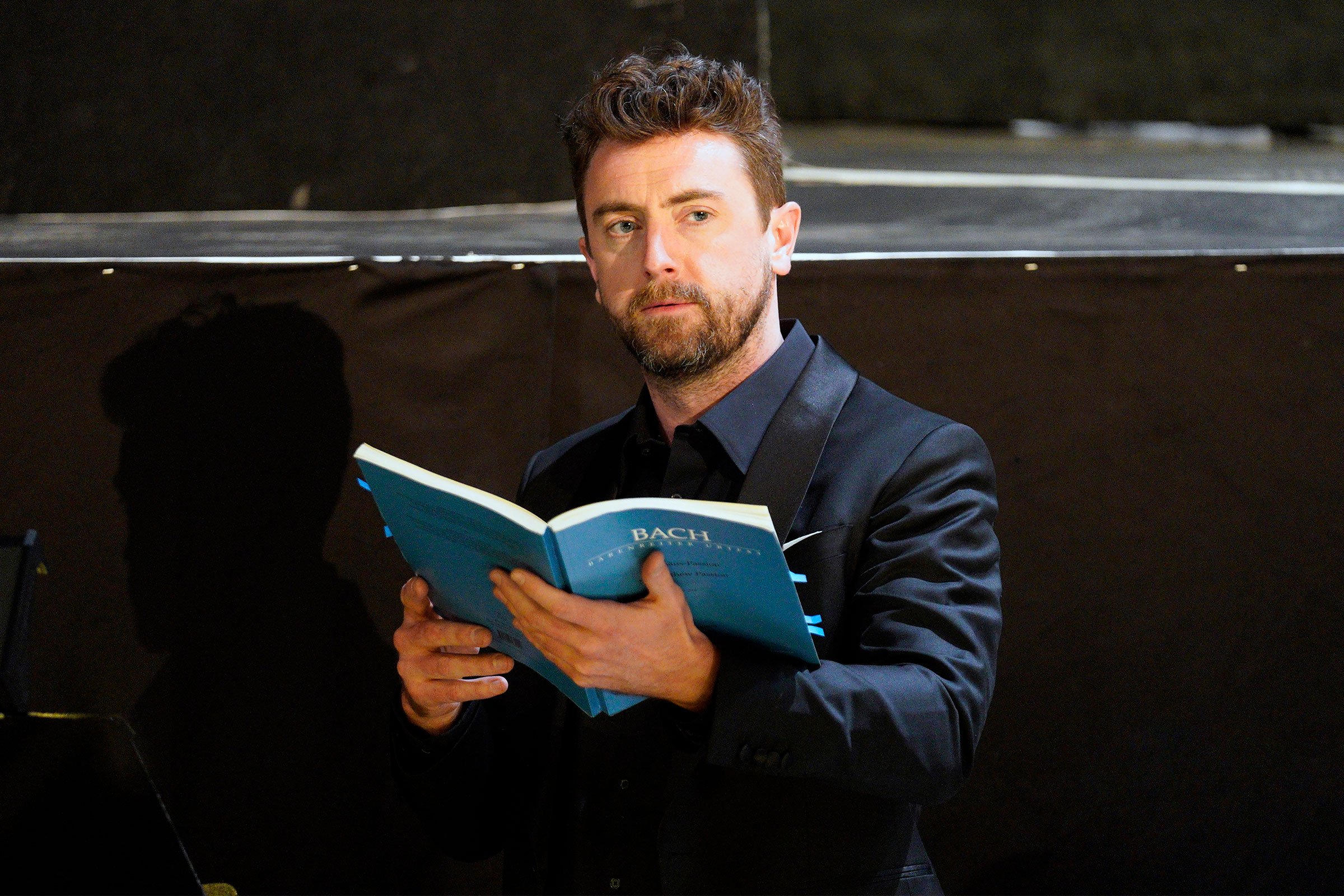
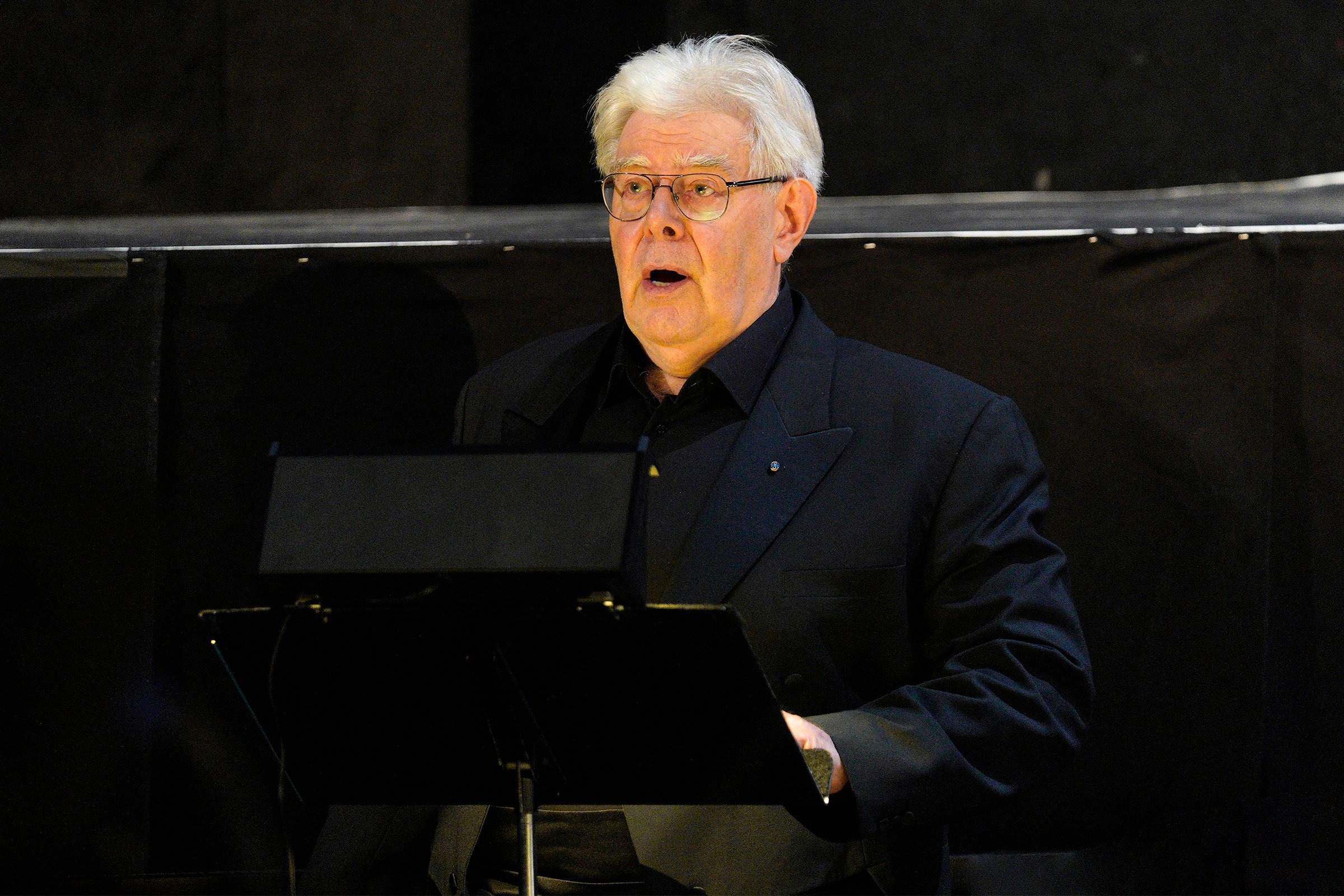
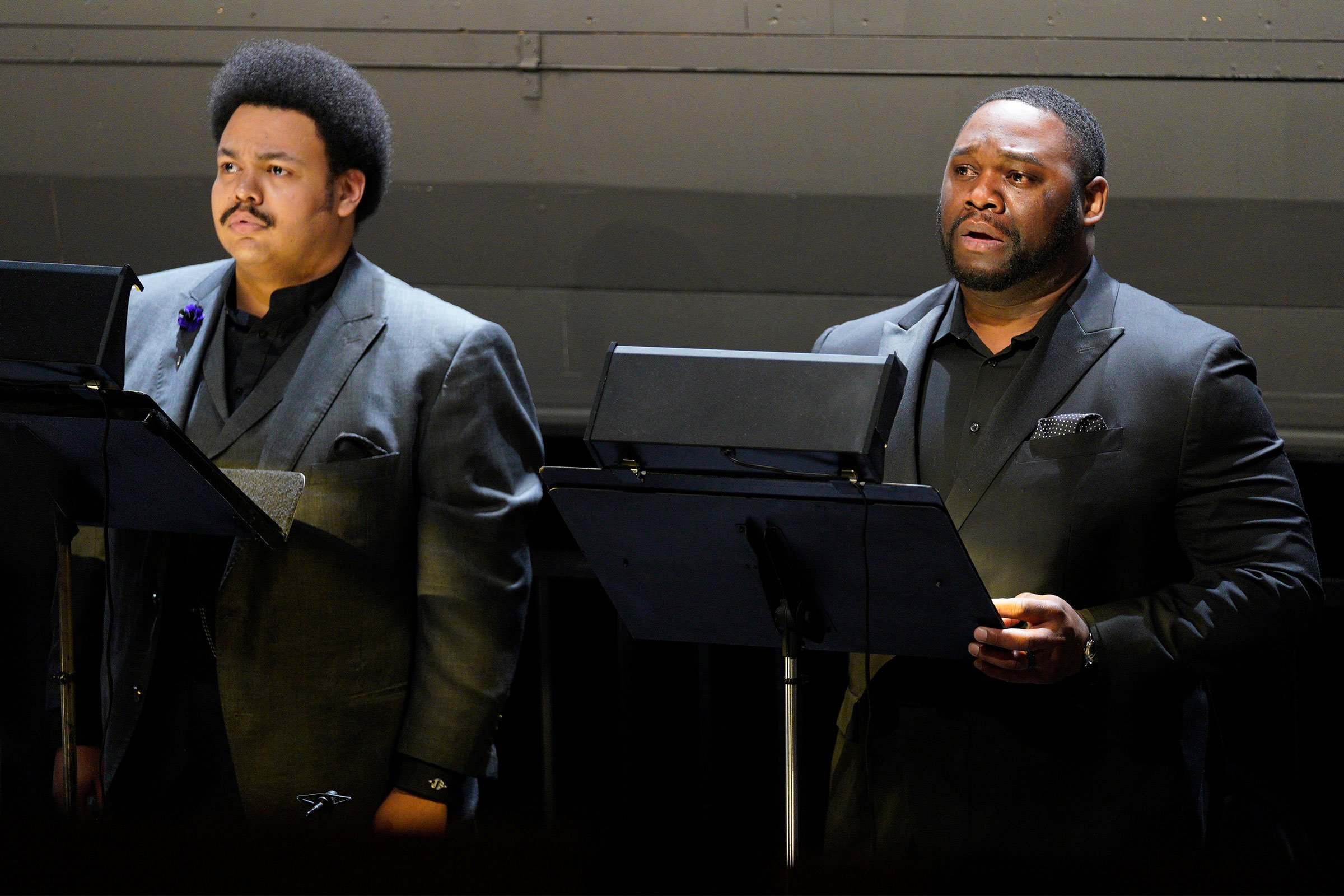
Appropriately, the SATB soloists were full-blown operatic voices, not the reedy, squeaky church singer variety. Singing from the orchestra pit, soprano Tamara Wilson, mezzo-soprano Susan Graham, tenor Ben Bliss and bass Kristinn Sigmundsson all gave fine accounts of their arias. Tenor Joshua Blue was the Evangelist narrating the passion story, and bass-baritone Michael Sumuel was Jesus.
This would not be Bach church music without Lutheran chorales and elaborate choruses, all sung with great effects by the LA Opera Chorus and the LA Children’s Chorus (in the opening number only, the great choral lament, “Kommt, ihr Töchter, helft mir klagen”)
LA Opera’s Music Director James Conlon conducted a thrilling musical counterpart to John Neumeier’s mesmerizing choreography. The LA Opera Orchestra’s fine principal players all got a chance to shine in the many solos and obbligato parts in the arias.
There were many empty seats by the end of the four-hour-long evening, although not an exodus like that ill-fated Floridante from 40 years ago. I guess that’s progress. Even if you’re not religious or a fan of modern dance, come for the music and human drama and you will have a heavenly time.
Four performances remain, on March 20, 23, 26 and 27.
Truman C. Wang is Editor-in-Chief of Classical Voice, whose articles have appeared in the Pasadena Star-News, San Gabriel Valley Tribune, other Southern California publications, as well as the Hawaiian Chinese Daily. He studied Integrative Biology and Music at U.C. Berkeley.
